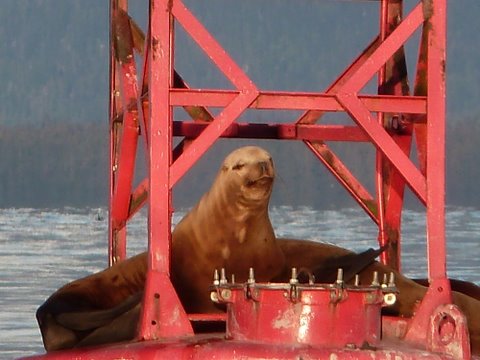The Federal Government last week announced that it was taking the eastern population of Stellar sea lions off the endangered species list. That includes sea lions ranging from Southeast Alaska to California’s Channel Islands. The animals had been listed as threatened but according to the National Marine Fisheries Service, that’s no longer the case. The population has more than tripled in the last three decades according to the agency, which defines a threatened species as one that is likely to be in danger of extinction in the foreseeable future. All sea lions remain protected under the Marine Mammal Protection Act, which means it is still illegal to intentionally kill or harass them. This the first species NMFS has taken off the endangered species list since the North Pacific grey whale in 1994.
De-listing a species removes an additional layer of federal requirements that can affect development projects and fisheries. To find out more about the impact in southeast, Matt Lichtenstein spoke with John Kurland, NMFS Assistant Regional Administrator for Protected Resources:
For mobile-friendly, downloadable audio, click here.
The western population of stellar sea lions in Alaska remains classified as endangered and NMFS has restricted commercial groundfish harvests to protect them.
Meanwhile, the State of Alaska this month applauded the federal government’s decision to take the eastern stock of Stellar Sea Lions off the endangered species list. Alaska, Oregon and Washington petitioned for the move. Matt Lichtenstein spoke with Alaska Department of Fish and game’s Wildlife Division Director Doug Vincent-Lang:
For mobile-friendly, downloadable audio, click here.










